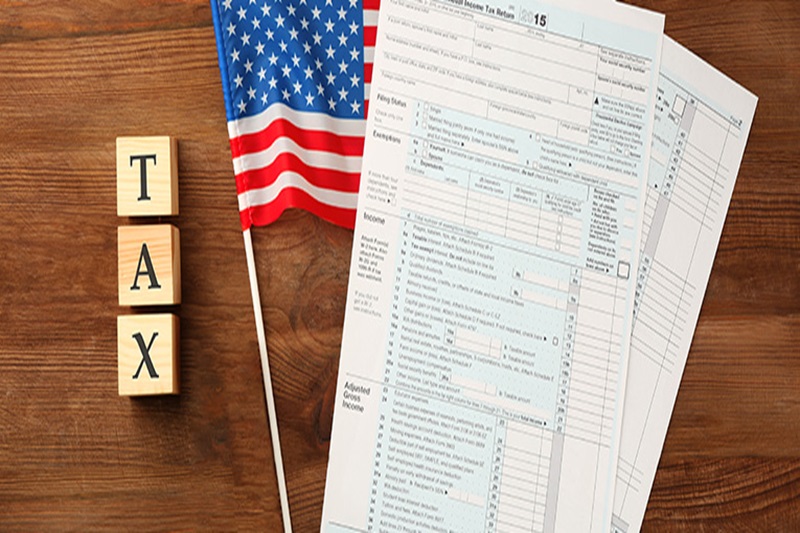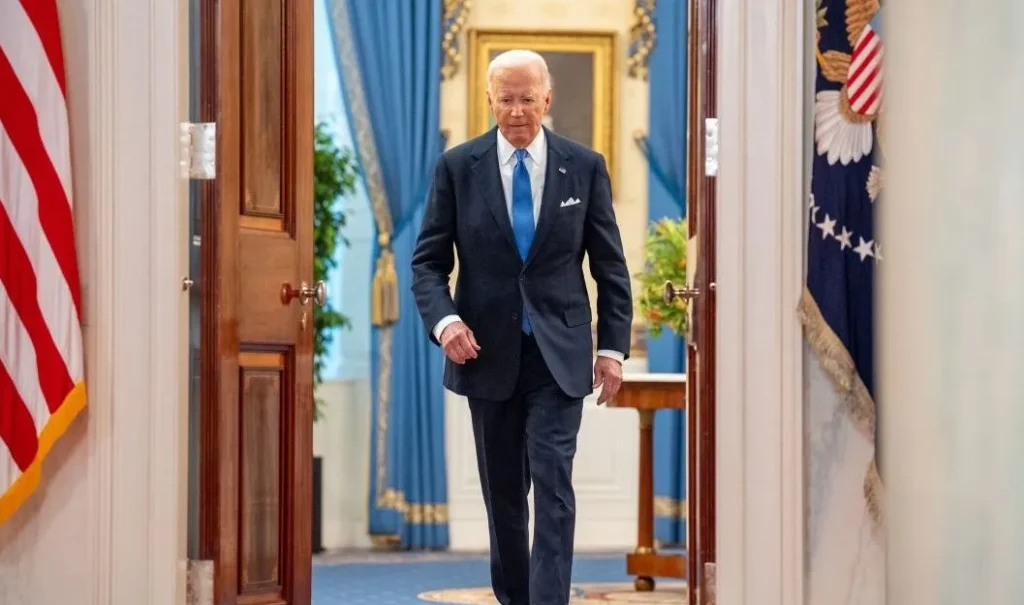Getting face-to-face attendance at work

In the United States, they insist on face-to-face attendance at work, and some companies are enforcing it.
Boeing, UPS and JPMorgan Chase are among the large corporations that have mandated attendance five days a week.
But for some of these companies, face-to-face attendance at work is being promoted with better pay.
This is particularly the case in the United States, which experienced the most dramatic shift toward flexible work: in January 2024, about 29% of all paid workdays were still worked from home.
The result is that U.S. salaries for fully administrative positions are rising.
According to ZipRecruiter data, for face-to-face attendance at work, companies are offering on average US$82,037 for fully face-to-face positions in March 2024.
This figure represents an increase of more than 33% compared to 2023 (US$59,085).
READ MORE: MINIMUM WAGE FOR FAST FOOD WORKERS IN CALIFORNIA

Getting face-to-face attendance at work: Return to normalcy.
The trend is cross-cutting: compared to hybrid ($59,992) and fully remote ($75,327) roles, workers appear more likely to increase their wages if they return to pre-pandemic office hours.
Part of the motivation for achieving face-to-face attendance at work is to compensate for the loss of flexibility that workers have prioritized over the past few years with higher wages.
As such, the greater the impetus to give up that autonomy, the more employers will have to offer to compensate.
ZipRecruiter data shows that workers who switched from fully remote to fully face-to-face environments in the U.S. through 2023 received a 29.2% pay increase, nearly twice as much as those who switched in the opposite direction.
Some employers want to compensate for the loss of flexibility that workers have prioritized over the past few years.
In the UK and Europe, the availability of remote work has been lower; for example, an October 2023 survey of 15,000 employers and employees in the UK showed that 43% of workers had returned to fully face-to-face environments.
Therefore, one might conclude that there are fewer strategies to achieve face-to-face attendance at work.
This means that the trend toward extra pay for face-to-face work is expected to be weaker than in the U.S., says Pollak.
In the current cost-cutting climate, offering employees flexibility rather than a pay increase seems like a win-win.
Despite this, however, some employers are willing to increase their salary expense in exchange for full offices because they believe the tradeoff is worth it, Pollak says: the expense will lead to better business results.
Another factor in the face of the divergence from face-to-face attendance at work, many corporations are “psychologically and financially committed to their corporate real estate”: they want to fill their workplaces, no matter what the cost.
Filled offices can be expensive for employers, but for some companies the cost is worth it.
This pay discrepancy has an unintended consequence, says Barbara Petrongolo, professor of economics at Oxford University: it could reinforce inequalities in the labor market.
If bosses really want to achieve face-to-face attendance at work, the additional pay offered for a fully face-to-face workweek is likely to stick around for a while.
For example, ZipRecruiter data from March 2024 shows that about 33% of U.S. professional and business services jobs are advertised with hybrid or remote work.







